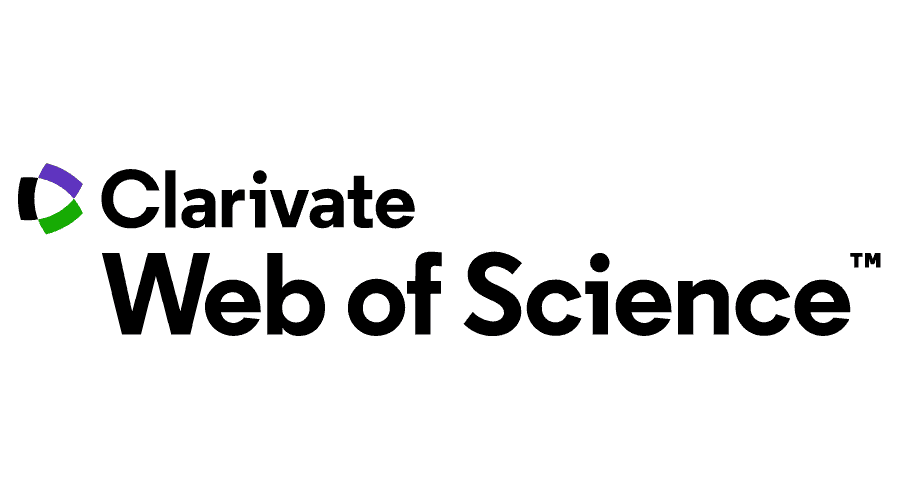Abstract
India adopted mixed economy after independence, aiming socialistic pattern, through heavy investment in the public sector enterprises (PSE) the performance of which later became a matter of concern. Therefore, Government of India (GOI) started reform programs to reduce the size and expenditure of the public sectors, and restructuring the PSEs. In 1991 GOI initiated a radical economic reform to increase the private sectors participation and the efficiency of public sector investment. Therefore, the management of various stakeholders become crucial for the success or failure of the disinvesment policies. This paper investigates the disinvestment in National Alumunium Company Limited (2002-03 and 2005-06), a fully owned goverment of India enterprise through case method, based on empirical data. The purpose of the paper is to understand what can be the set of linkages among actors, ideas, actions, and desirable outcomes, agreed upon by stakeholders to determine the effectiveness of the reform. The insight from the case is combined with the insight from the literature and other materials. Findings, managerial implications, and recommendations are discussed.
Recommended Citation
Kulkarni, Vilas and Srivastava, Amit Kumar
(2009)
"Disinvestment in India - A Stakeholders' Management Perspective,"
The South East Asian Journal of Management: Vol. 3:
No.
1, Article 4.
DOI: 10.21002/seam.v3i1.5616
Available at:
https://scholarhub.ui.ac.id/seam/vol3/iss1/4
Included in
Management Information Systems Commons, Management Sciences and Quantitative Methods Commons












